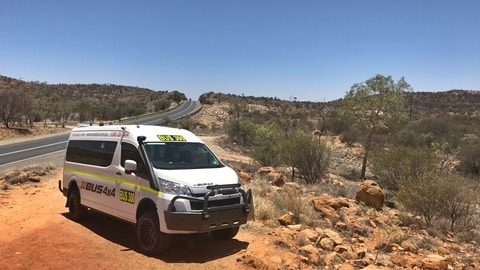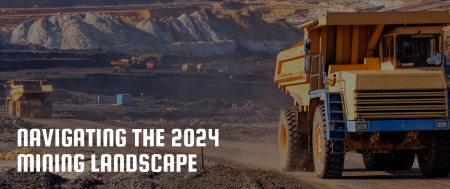Wikipedia defines the outback as the vast, remote interior of Australia. The outback is much more remote than the bush, it spans 81 per cent of the continent including the world’s two longest fences (Dingo Fence, 5,614 kms, and Rabbit-Proof Fence, 3,256 kms) with an area roughly the same size as the entire 48 states of USA.
Driving across the outback is a challenge that not many like to embark on, even though the mention of Canning Stock Route or Gibb River Road would get a 4WD enthusiast all starry eyed. Crossing the unbelievably long distances between different climatic zones that vary from the tropical and monsoonal climates in northern areas to the arid landscape in the red centre takes meticulous planning and preparation for any eventuality.
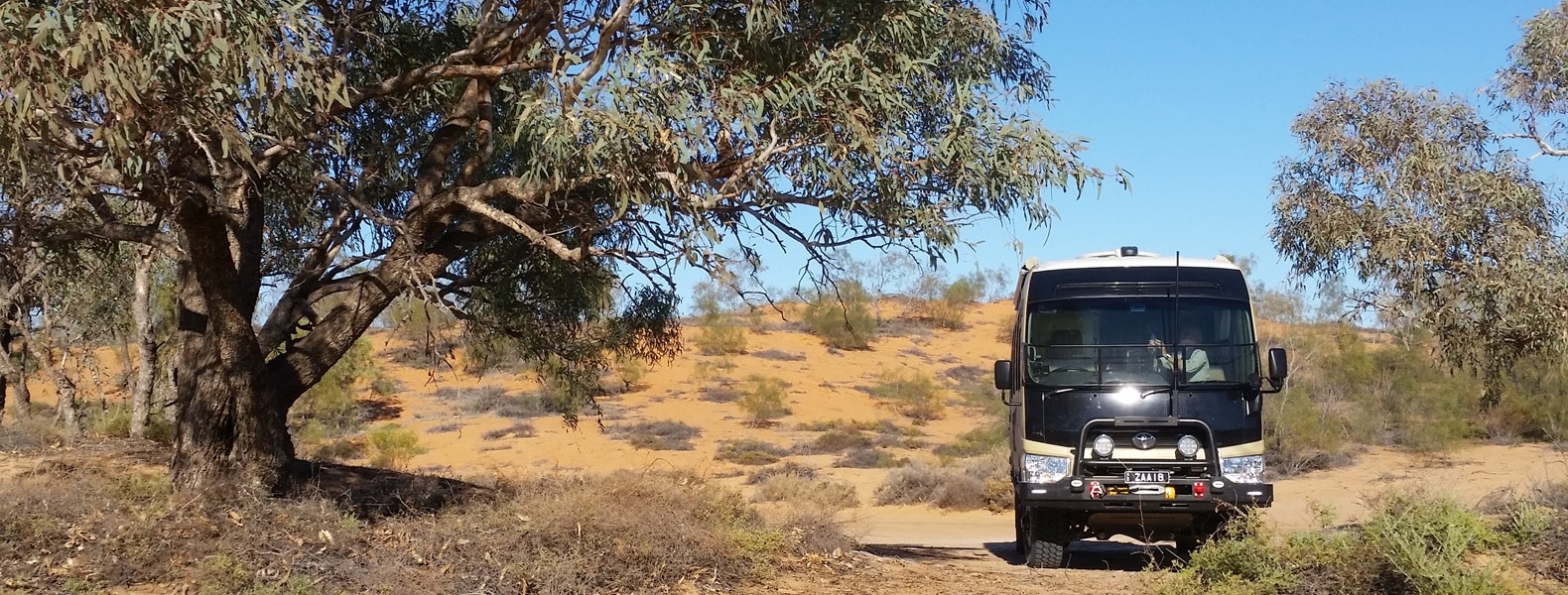
Below are some tips as a guide if you want to take up the challenge.
Vehicle
Preferably a 4×4 with High & Low Range. Driving in the city is completely different to driving in the outback. In the city, you can always rely on services like RACQ if your vehicle breaks down. You do not have that luxury in the outback. Hence, the most important part of your driving is not just having the right vehicle but also knowing it inside and outside. Ensuring your vehicle is in top mechanical condition is only one part. Knowing when to drive, when to stop, when to overtake and when not to will have a direct effect on your journey.
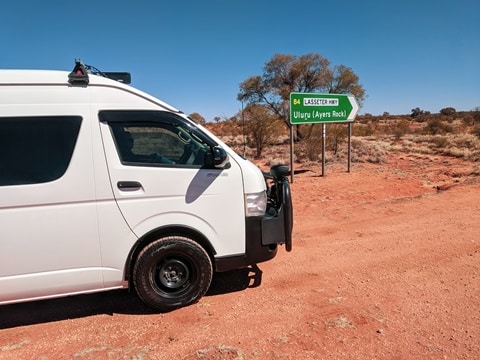
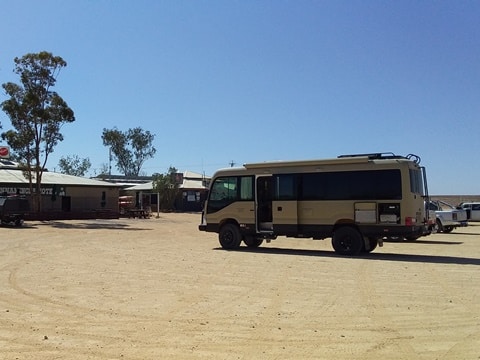
Tyres
Ensure your vehicle is fitted with standard off-road tyres and wheels. The last thing you need is not getting the right sizes to fit your wheels in the middle of your trip. Check the tyre pressure every morning before you set off with your own pressure gauge. Do not let air out of tyres as heat and pressure increase it unless you are driving in sandy or off-road terrain. Be sure to inflate them back to the right pressure on hard roads.
Fuel
There is a high possibility of running out of fuel in remote areas. It is advisable to fit an additional fuel tank to the existing one in your vehicle. Having enough fuel is a big stress reliever. If you do not have an additional fuel tank, carry one or two metal fuel cans along with a funnel for filling the tank. Never carry spare fuel in plastic containers and mount the fuel cans outside on the back of your vehicle. Also, never carry fuel on roof racks or inside the vehicle.
Gear
Having the right gear can mean the difference between life and death. Ensure you are always packed for emergencies because anything can happen outback, and you may be a long way from the nearest town. Some of the essentials are:
- Enough food and water lasting at least two days per person
- First aid kit with medicines including a broad-spectrum antibiotic, insect repellent, paracetamols, and anything else you feel you may need – which hopefully you won’t need
- Tool kit (jack, winder, wheel brace, spanners, screwdrivers, spare fan belt, spare hoses, spare fuses, spare globes, torch, insulating tape, lubricating spray, wire)
- Vehicle maintenance items like shovel, recovery tracks, snatch straps with D-shackles, tyre pressure gauge, 12v air compressor, rope and bucket
- UHF Radio (Channel 40), locator beacon (PLB) or position radio beacon (EPIRB) and satellite phone if possible
- GPS, compass and maps such as Hema covering the whole of your route
- Personal safety items like facial insect screens, hats, sunscreen, insect repellents
- A fire extinguisher, matches and fire-lighter blocks
- All vehicle manuals
- Toilet paper, rubbish bags and tarpaulin
- A cooler
- A loud whistle

Driving
There are two basic rules which will save your life in the outback:
- Always let someone know where you are going to and when you expect to arrive
- Always stay with your vehicle if you break down
If you have not driven a 4WD previously, it is advisable to take a course in 4×4 driving. There are many schools that can prepare you for driving across off-road terrain, how to use the four-wheel drive, when to use the low range, tyre pressure, etc. It is good to know your vehicle capability and to save you from an embarrassing “4×4” situation.
Driving is one of the most common reasons that can get you stuck, cause injury or even death, so do not take your driving lightly. A few points to note in your driving:
- Check before you leave – Check your vehicle on tyres, lights, windscreen wipers, washer fluid, battery, coolant, hoses, oil and fuel. Check your vehicle gear. Create a “Leaving Check List” and tick it twice
- Obey traffic rules – Obey traffic rules and stick to the speed limit. You will encounter many heavy vehicles and road trains. Overtaking is a major hazard in the outback, visibility is often poor and the chances of a stone hitting and smashing your windscreen are very high. On gravel or earth roads, the dust thrown up from vehicles in front makes it almost impossible to see. While overtaking ensure you have enough time and only overtake when the road markings indicate you can
- Check the weather and road conditions – Check the weather along your route and delay your trip if the weather is unfavourable. Dry weather can create dusty conditions and limit your visibility, while wet weather can make roads muddy, slippery and boggy. Check road conditions using traffic apps for road closures, roadworks, congestion, hazards and crashes. Talk to locals, police, rangers or even the fuel station. Note that any information you do not know can be useful
- Drive to conditions – Many outback roads are not sealed, and driving can be challenging. When driving on unsealed roads slow down and increase the distance between you and other vehicles. Drive in a straight line and on corrugated roads, avoid swerving and try to ‘ride’ the ridges. In sandy areas reduce your tyre pressure to cope with the soft surface and remember to inflate them immediately once you hit harder ground. This is where a 12v compressor comes in handy
- Watch out for animals – The outback is full of animals such as kangaroos, emus and camels, snakes as well as free roaming stock from sheep and cattle stations. Wildlife, particularly kangaroos are more active at dawn and dusk. If you encounter an animal on the road, do not swerve to avoid it. Gently brake and slow down and use your horn to alert the animal.
- Avoid driving at sunrise and sunset – Most outback road in Queensland have an east-west orientation. When the sun is low in the sky, clear vision is difficult, meaning you might not see oncoming vehicles or animals. Avoid driving before 7am and between 4pm and 5pm
- Take breaks – Long distances and stretches of unchanging outback landscape can make a driver very tired. Do not drive fatigued and stop for a break. Switch driving periodically
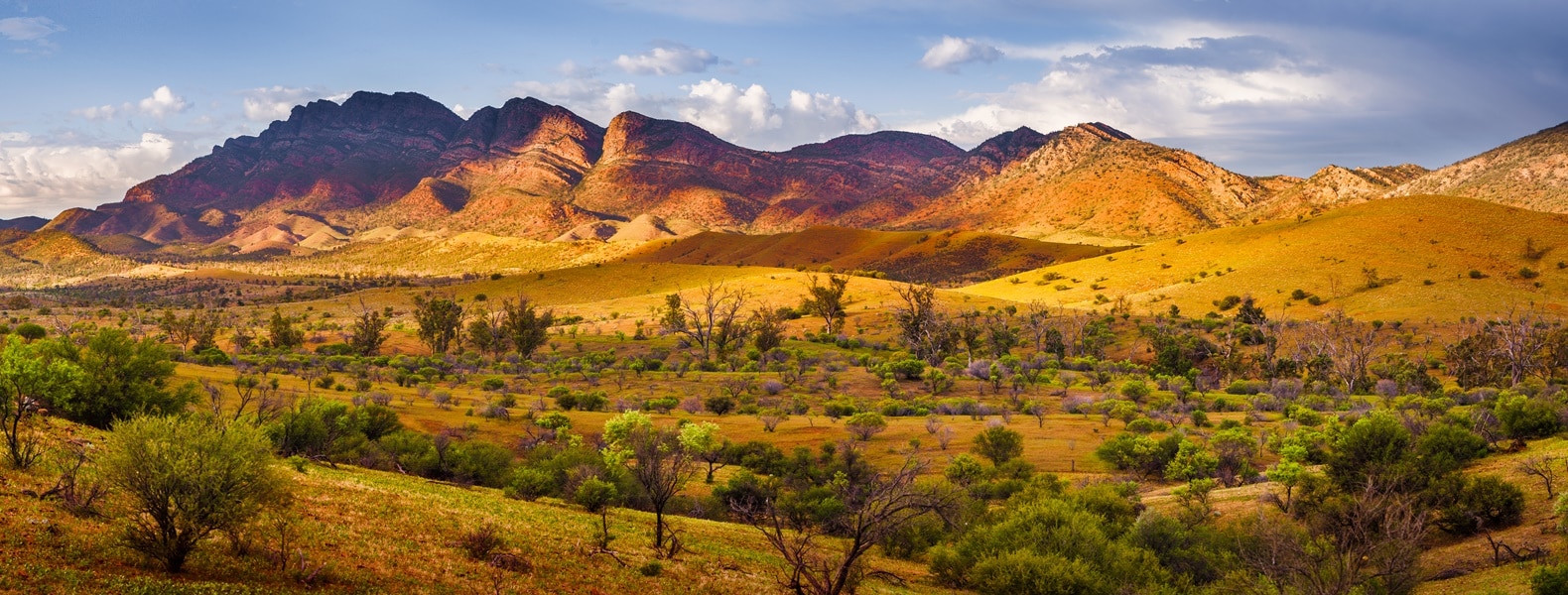
Survival Tips
If, however, you get stranded for any reason the following may help:
- Do not panic. Panic can cause you to take a decision which may adversely affect your survival
- Rig a lean-to shelter and stay under it during the heat of the day
- If possible, dig a hole under the car and place your water and food in to keep it cool, it will be cooler under there than inside your vehicle
- Build a small fire and have some green growth on hand to place on top to create thick smoke, keep it going day and night. This can attract the attention of planes, other vehicles or cattle drovers in the area
- Ration your food and water – you do not know how long it will have to last
- Use your rear vision mirror to signal passing planes by flashing it into the sun
- Keep your clothes on as they will protect you against exposure – both hot and cold
Use a ground signal with the following two codes:
- SOS – means rescue for survival
- X – means help to fix a repair or an issue
Both signals should be large enough to be identified from a reasonable height and should be done preferably on white material or light-coloured tarpaulin.
There are few places on earth as vast, beautiful, rugged or unforgiving as the Australian outback. Its size, climate, wildlife and landscapes are what challenges people to drive across it. Prepare yourself and you will enjoy living the great Australian outback dream.
